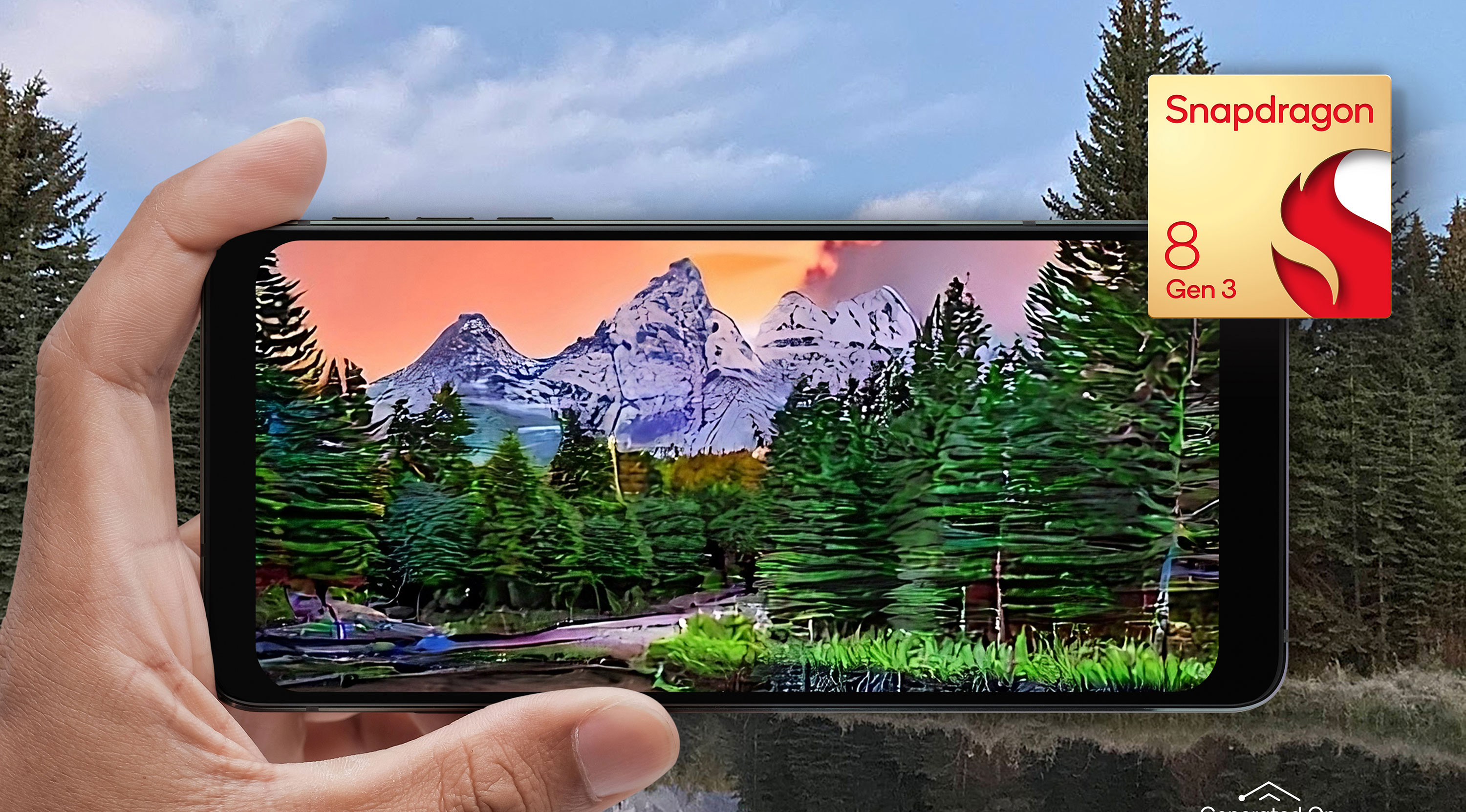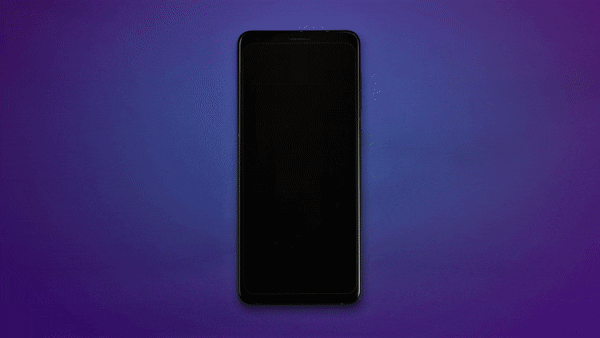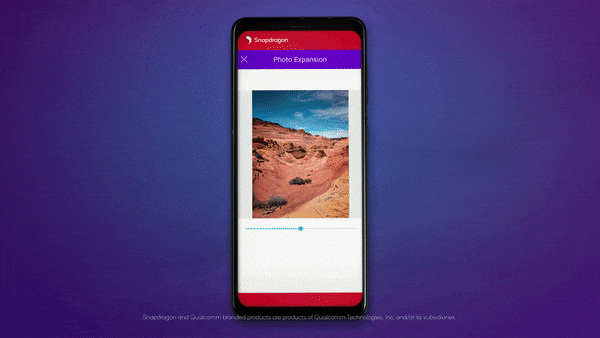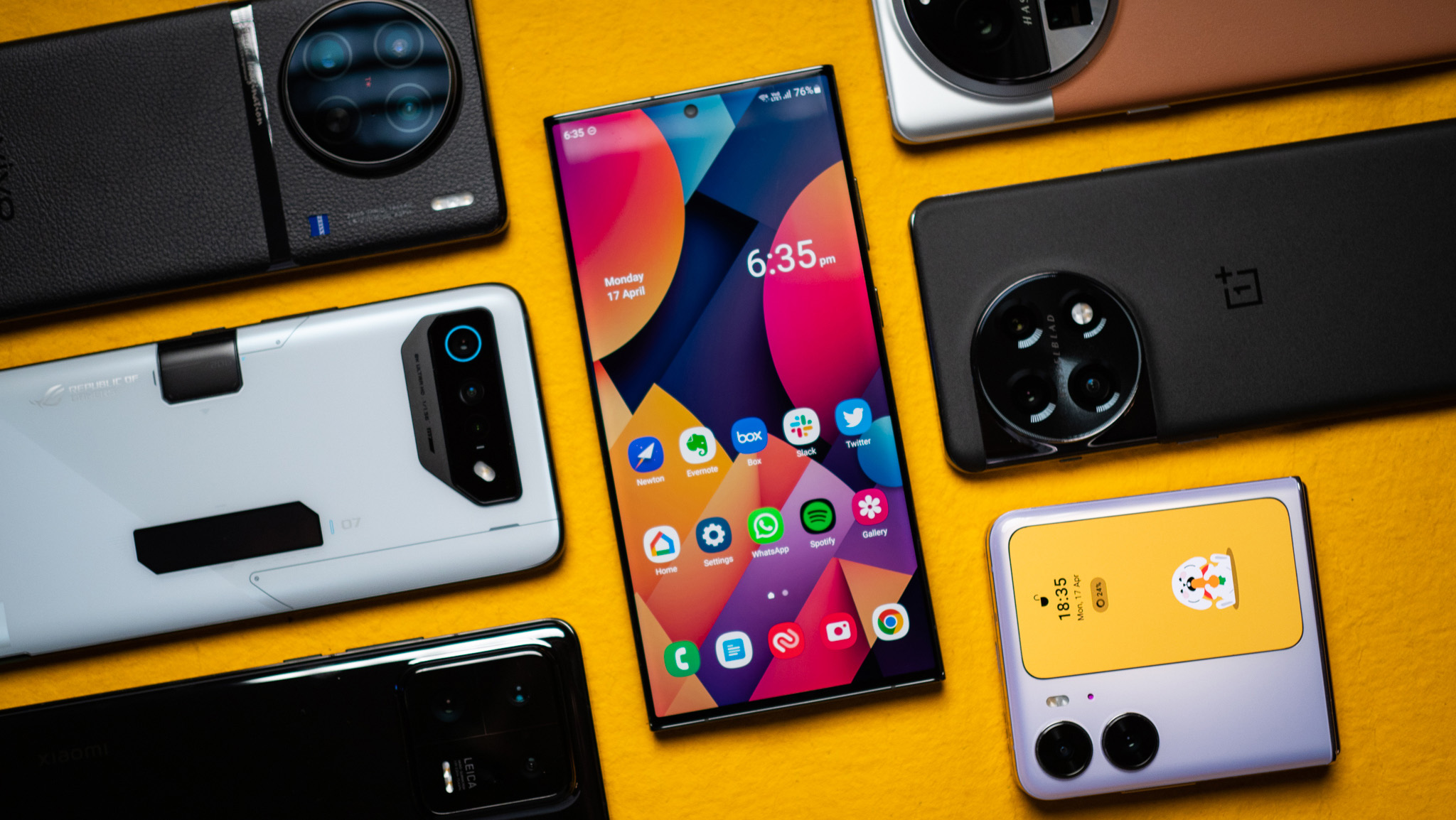Qualcomm’s ambitious AI bets are reliant on device makers
Qualcomm rolled out a lot of exciting AI features, but whether they'll end up on your phone is down to the likes of Samsung and Xiaomi.

Google showed off what’s possible with on-device AI on a phone with the Tensor G3, offering a slate of exciting features that let you take better photos and videos, and standout editing tools that have been limited to the desktop. The only issue? These features are exclusive to the Pixel 8 and 8 Pro, so you’ll need to buy into Google’s ecosystem if you’re interested in taking a look.
There may be another way. Qualcomm just introduced the Snapdragon 8 Gen 3, and alongside the usual updates to the performance, connectivity, and imaging tweaks, there’s a new AI Engine that looks promising. Like Google, Qualcomm is rolling out a lot of AI features, and they’re genuinely interesting.

Qualcomm teamed up with ArcSoft to introduce a feature that lets you remove elements within videos — similar to Magic Eraser on the Pixels. Then there’s a powerful Stable Diffusion model that lets you create custom images in a matter of seconds, all with text queries. What I like the most is Photo Expansion, which leverages AI to automatically expand the frame of a photo by using generative fill.

There’s also the ability to run GPT chatbots, and what’s great about all these features is that they’re designed for use on-device — your data doesn’t leave your phone. While there’s clearly a lot on offer with the Snapdragon 8 Gen 3, the biggest unknown at this point is what features will actually end up on your phone.
Even though Qualcomm bundles a lot of features on its chipsets, device makers aren’t obligated to use them. That comes down to several factors; manufacturers may already have a similar feature on offer, or the time to integrate something would increase the launch window of a particular phone.
Regardless of the reason, it’s ultimately in the hands of device manufacturers like Samsung, Xiaomi, and OPPO to decide if any of the new AI features that Qualcomm is offering makes their way onto 2024 Android phones. We’ve already been down this road several times in the past; Qualcomm introduced several gaming-focused features on its recent platforms, but they didn’t show up on most phones.

For instance, the Snapdragon 8 Gen 2 is able to handle demanding titles at 120fps without any issues. But you don’t get the ability to do so on most mainstream phones, because the likes of Xiaomi, OPPO, Vivo, and OnePlus limit gaming on their devices to 60fps. It’s a similar story with connectivity; instead of leveraging the full slate of 5G bands or the latest Wi-Fi modem that Qualcomm has to offer, brands go with a piecemeal strategy to save manufacturing costs.
Be an expert in 5 minutes
Get the latest news from Android Central, your trusted companion in the world of Android
This is why the iQOO 11 is markedly different to the Zenfone 10, even though they both use the same silicon. ASUS does a great job integrating all of Qualcomm’s offerings, but its devices aren’t available in most countries. Samsung also tends to do a good job in this area, but it has omitted features in the past because it needed to maintain parity with its Exynos platform.
Ultimately, we'll just have to wait and see just how committed brands are in rolling out these features in their 2024 phones. Qualcomm doesn't have much say in what features manufacturers end up using on their own devices — short of making its own phone.

Harish Jonnalagadda is Android Central's Senior Editor overseeing mobile coverage. In his current role, he leads the site's coverage of Chinese phone brands, networking products, and AV gear. He has been testing phones for over a decade, and has extensive experience in mobile hardware and the global semiconductor industry. Contact him on Twitter at @chunkynerd.
